
Some interesting tidbits via Kris the owner:
"To be honest, I don't know much about it. I bought it about 15 years ago from a guy on a flea-market for 100 Belgian francs (= 2.5 ?). And the guy told me that he thought this 'organ' ;-) was sounding very weird. @Peter: when I bought your a-z of analogue synthesizers a couple of years ago I had hoped to find more info about it ;-) but I don't know if Sakata Shokai has anything to do with Roland.
 I haven't had the chance to compare the sound with roland synths but I don't use it very much because to me it sounds a bit to 'thin'. The subtune knob however does fatten the sound. Nice for soundeffects, but to me that's it. If there is a lot of interest, I can make and post some mp3's but it can take some time before I have the time to do it."
I haven't had the chance to compare the sound with roland synths but I don't use it very much because to me it sounds a bit to 'thin'. The subtune knob however does fatten the sound. Nice for soundeffects, but to me that's it. If there is a lot of interest, I can make and post some mp3's but it can take some time before I have the time to do it."
Peter Forrest of the A-Z of Analog Synths and Vemia:
"Thanks for the great new pics, Kris. As you saw from the A-M, I didn't know a huge amount about this synth - never had one in front of me. Ace, Sakata, Hammond Japan and Roland are inter-related. Ikutarou Kakehashi founded Ace in 1955, and linked up with Hammond in 1964. He then founded Roland in 1972. Hammond Japan's DPM-48 drum machine was also labelled Sakata, and Ace made products like the DPM for Hammond."
 The all knowing Micke:
The all knowing Micke:"Hi Peter and Kris,
 That's a little bit different than the info I have:
That's a little bit different than the info I have:"First of all, Ace-tone was just a tradename used on the various electronical organs and NOT a company (although I read that back in 1974, Kakehashi re-marketed the Roland SH-3 monophonic synth under the Ace-tone name! so apparently he still owned the right to the name) [Micke: this would be the PS-1000 I think]
Ikutaro Kakehashi was not only the founder of Roland (in 1972), 12 years before that he'd already founded Ace Electronics Industries in Osaka. He was to be responsible for the development and design of the Ace-tone combo organs but eventually left the company in 1972 (the very same year he founded Roland). But before that, in 1968, he'd founded Hammond Japan, a joint-venture of his Ace Electronics and the Hammond International Company. From what I understand this company built and released the Ace-tone GT-7 portable organ as early as 1971, some 3-4 years before they built the Hammond X-5 organ for the Hammond company in the states! (which in fact would mean that the Hammond X-5 was sort of a "copy" of the GT-7 instead of the other way around...) but by then Kakehashi was running the huge Roland enterprise.
After Kakehashi had left Ace Electronics in '72, the firm continued to build organs and synths, though I don't know whether these as well were marketed under the Ace-tone name, but I don't think so."
Since I wrote the above I have learned that Ace Electronics did indeed continue to use the Ace Tone brand products made after 1972."
Update via Suit & Tie Guy:
"as a side note, Ace made the rhythm units in Hammond organs ... which i suppose makes the R-100 some kind of prototypical acid jazz organ.
here's an mp3 of me doing a really creepy cover of the Pet Shop Boys tune "For your own good" on an R-100:
stg_for_your_own_good.mp3"
Update via ニコラス・ケント on AH:
"For what it's worth, Keyboard Magazine Japan dates the Acetone
PS-1000 as released in 10/76
compared to 5/74 for the SH3(a)
and 7/73 for Roland's first synth (SH-1000).
They have the Korg 700 listed as released in 3/73."








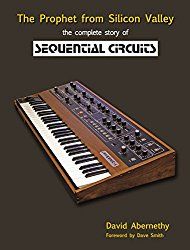
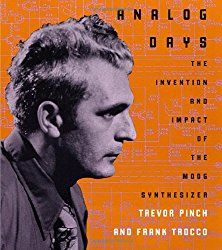
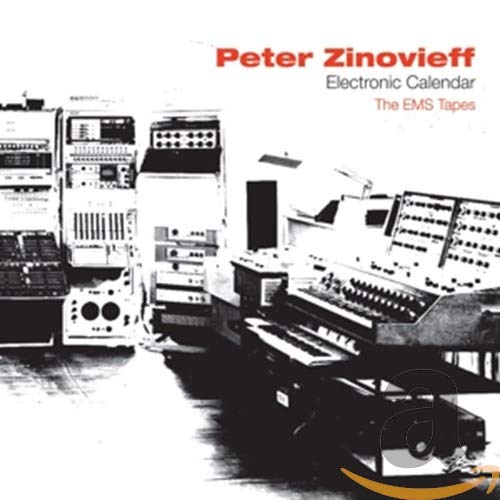
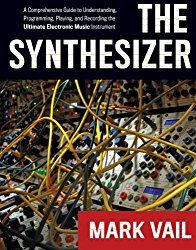
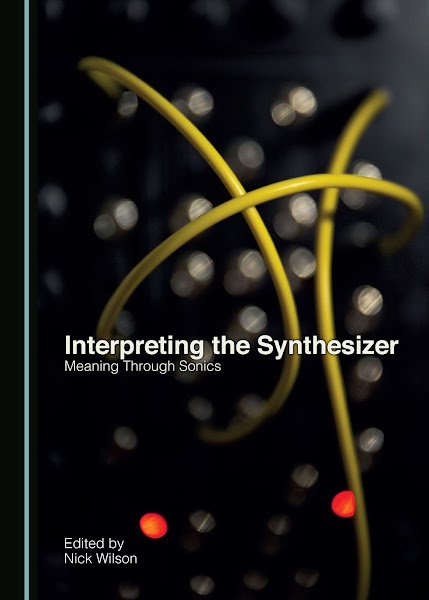
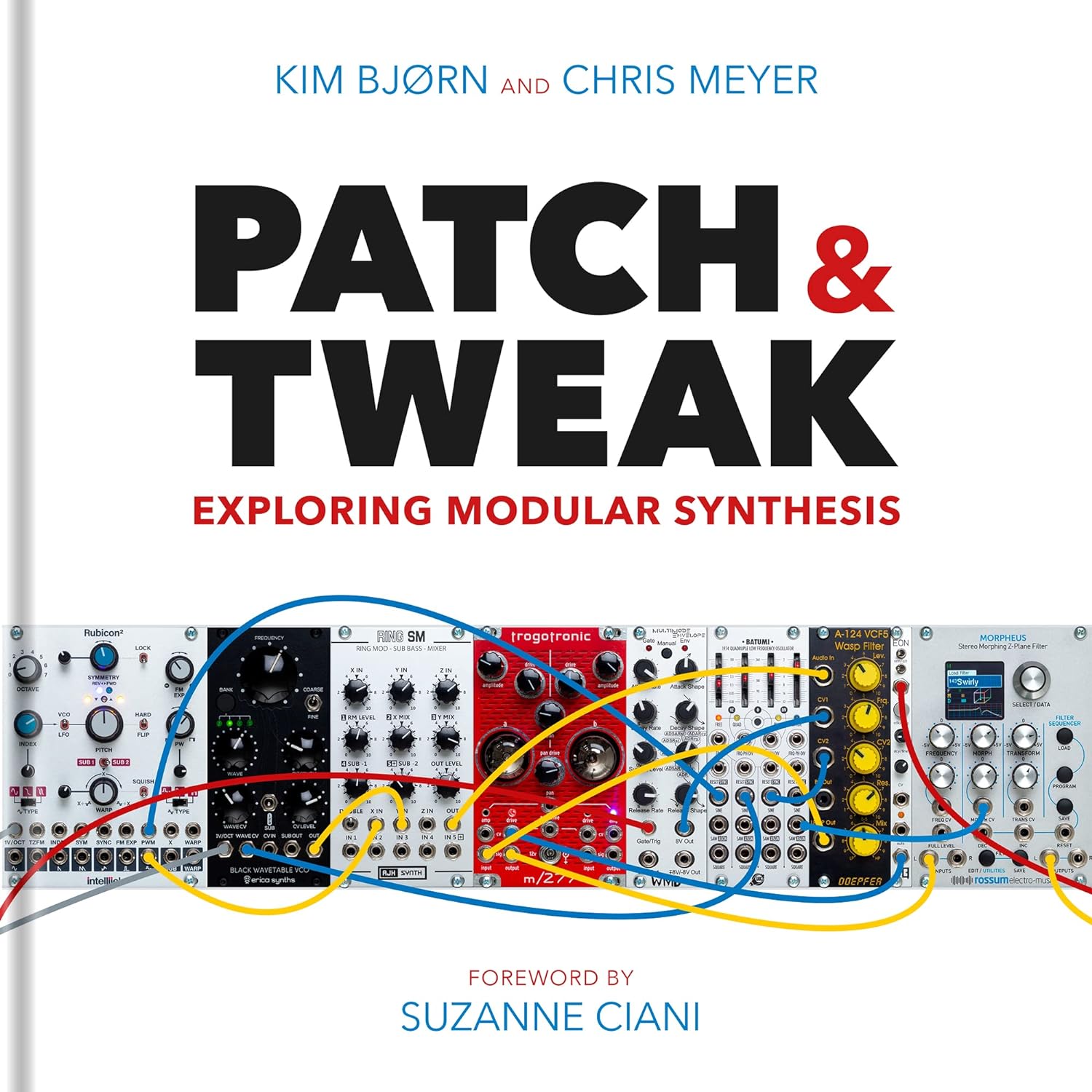
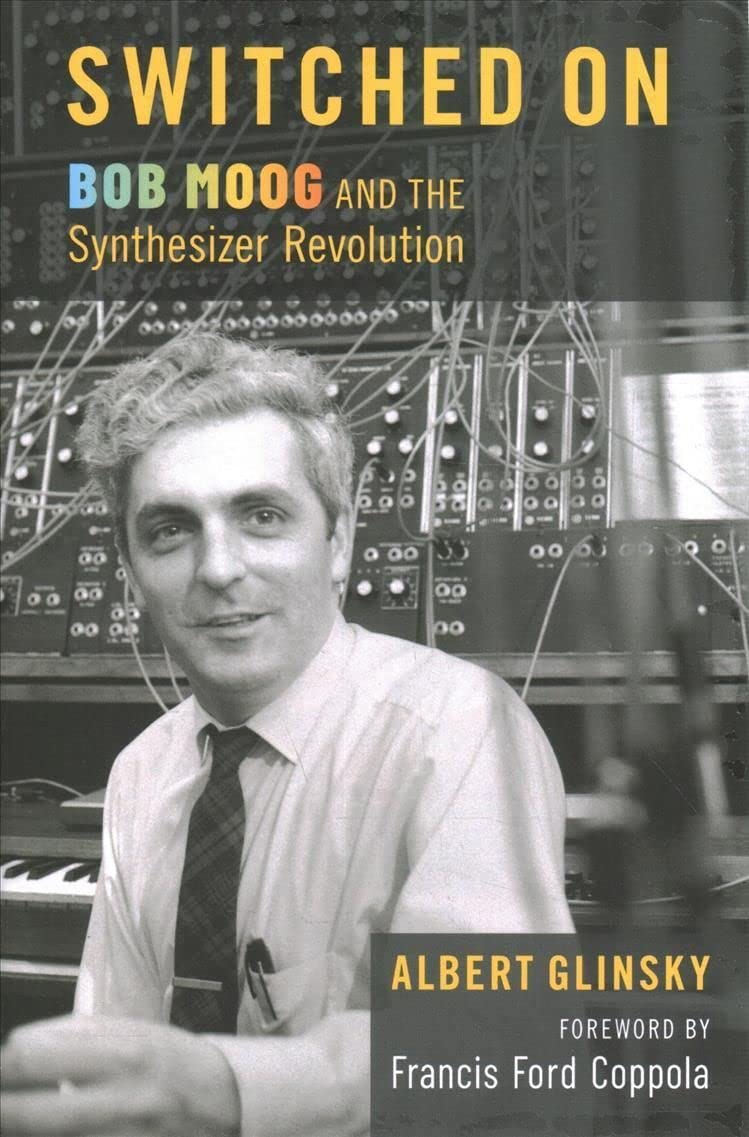
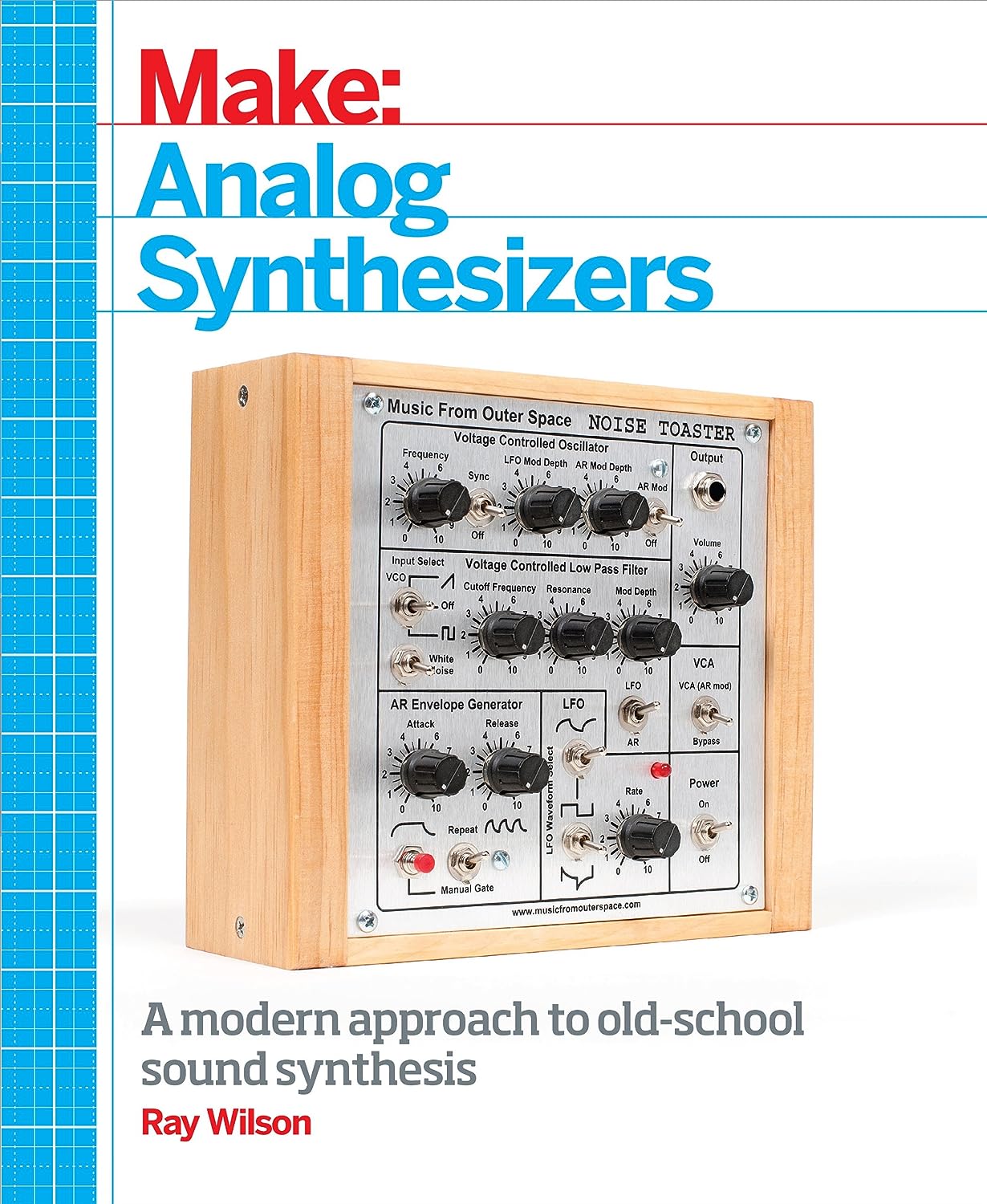
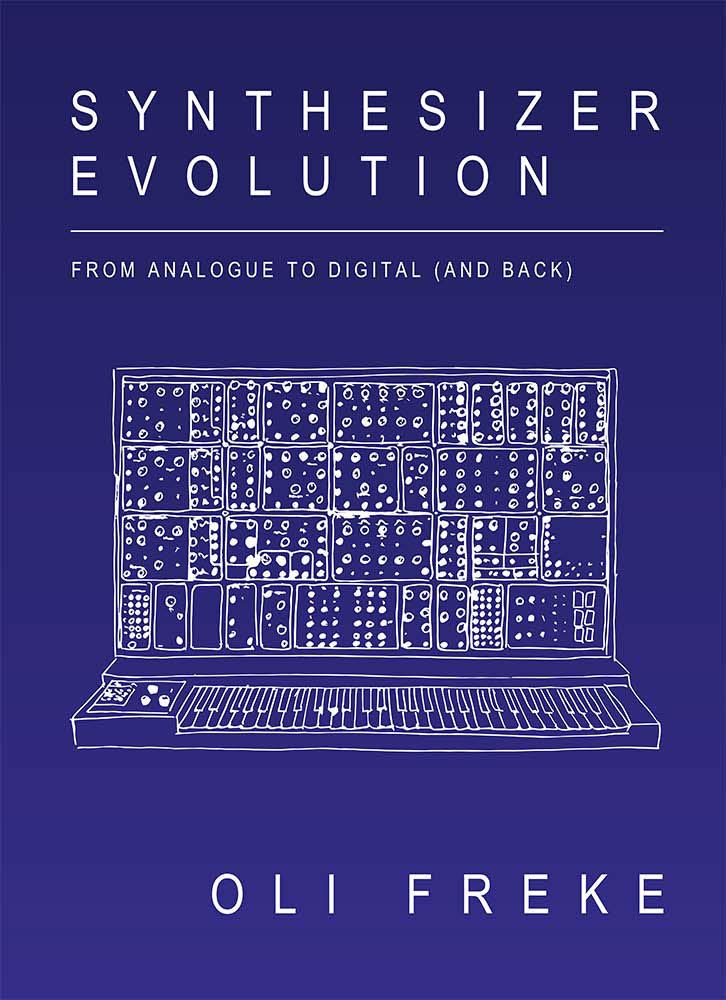
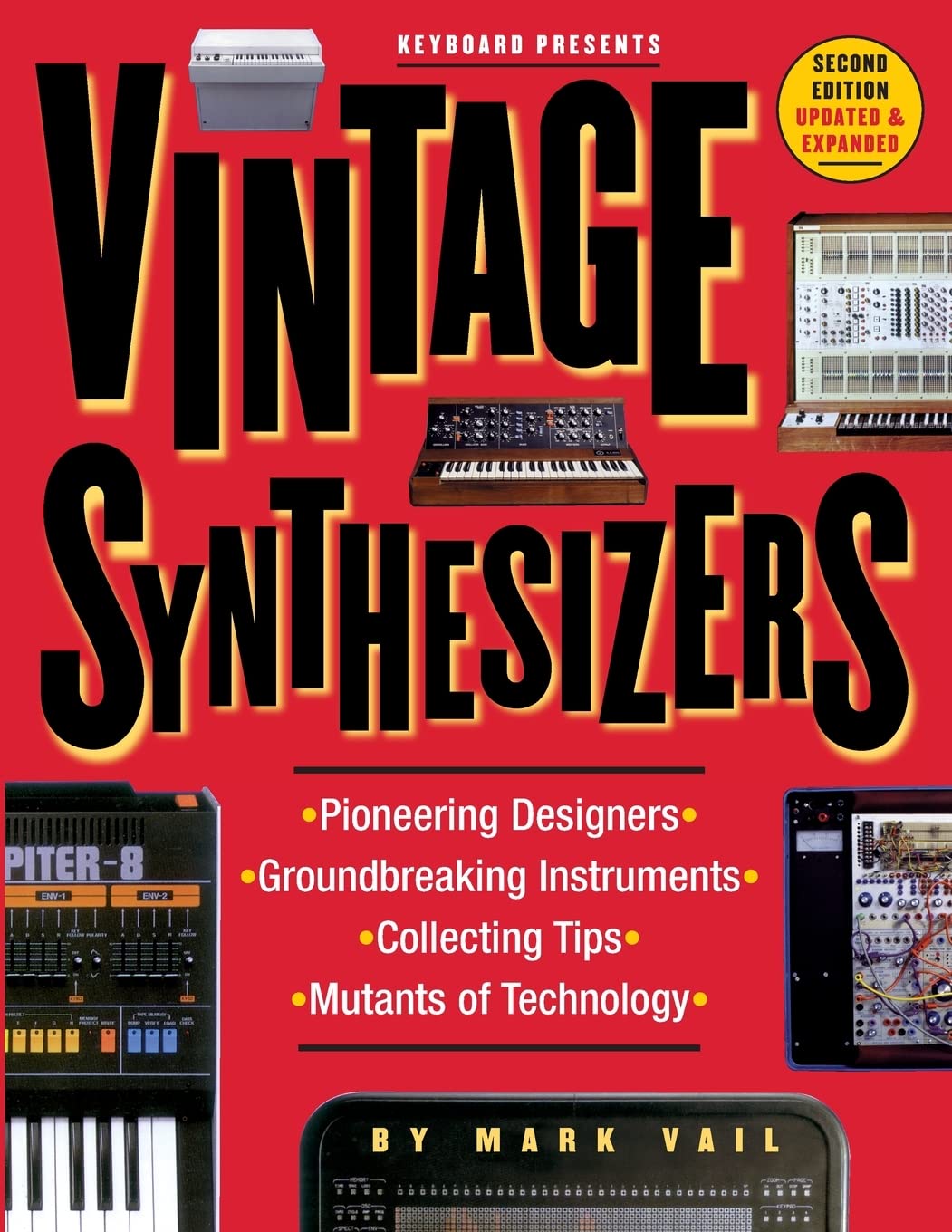

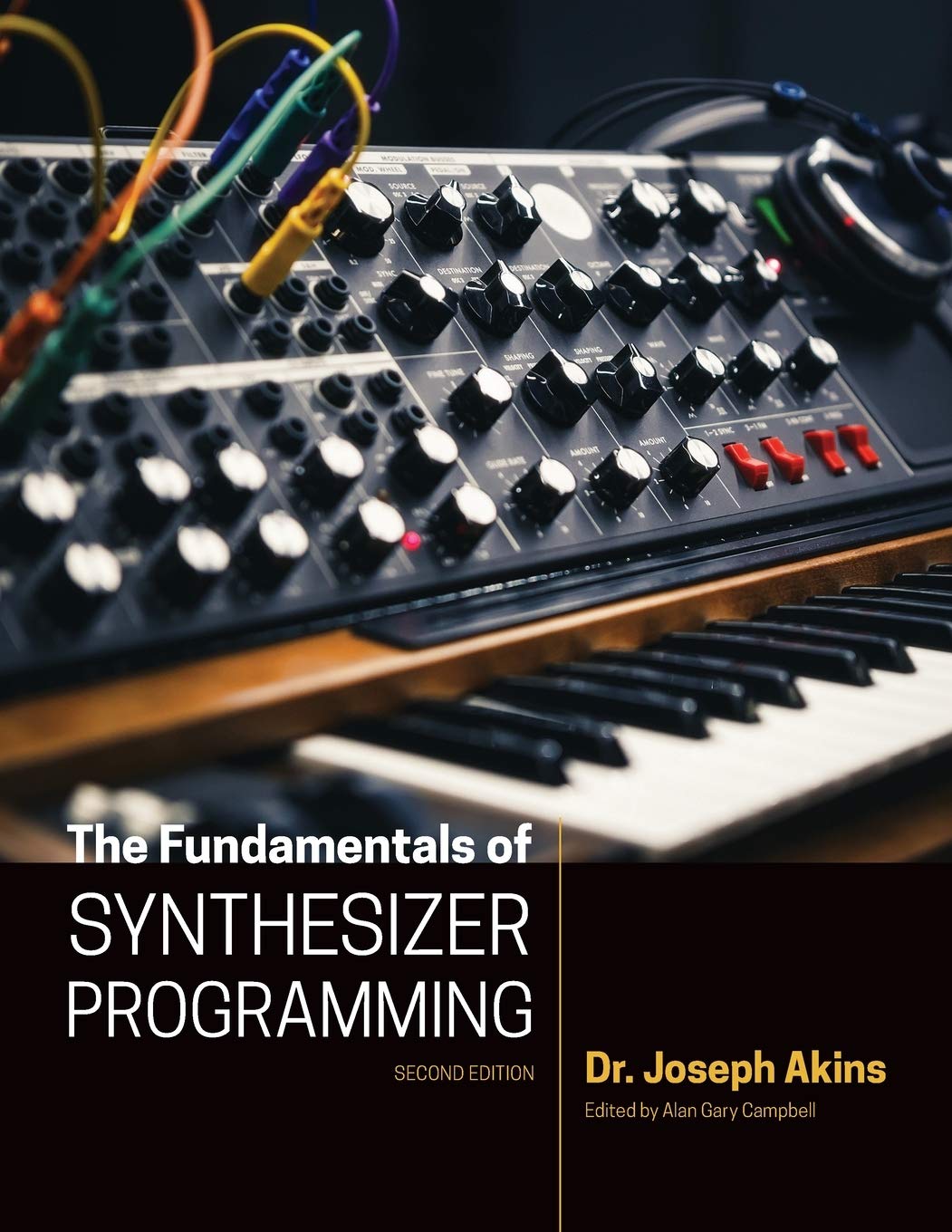














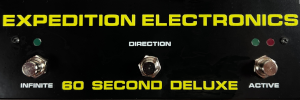










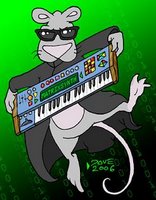
as a side note, Ace made the rhythm units in Hammond organs ... which i suppose makes the R-100 some kind of prototypical acid jazz organ.
ReplyDeletehere's an mp3 of me doing a really creepy cover of the Pet Shop Boys tune "For your own good" on an R-100:
http://suitandtieguy.com/sounds/stg_for_your_own_good.mp3
i picked up an ace tone ps1000 the other day and i was just wondering if its normal that u can only hold 1 key at a time and also if its normal that it doesnt keep in tune 2 well
ReplyDeleteand any modifications would be apriciated
Yep,it's monophonic meaning it will only play one note at a time. As for tuning, I have no idea how stable it was. It is an old analog so I wouldn't be surprised if it had tuning issues. Tuning usually should stabalize after warming up and if the unit is kept in a room with a constant temperature.
ReplyDeletethanks guys also wondering wht modifications could b done. i hav designed a modulation circuit 4 it but thats bout all
ReplyDelete